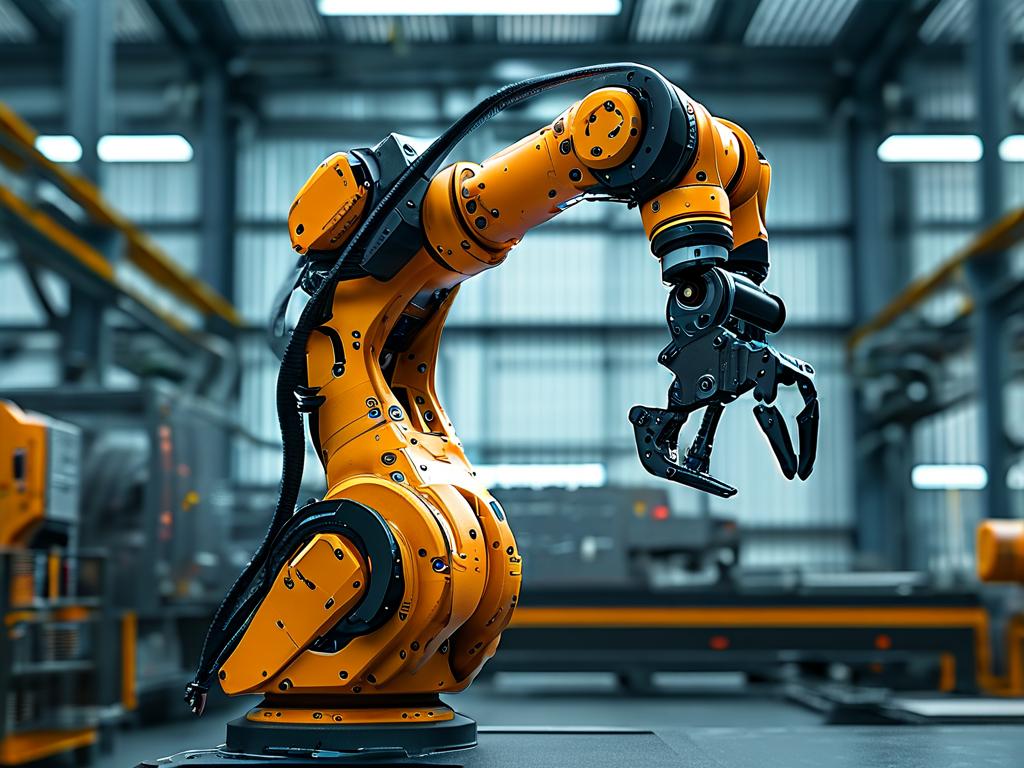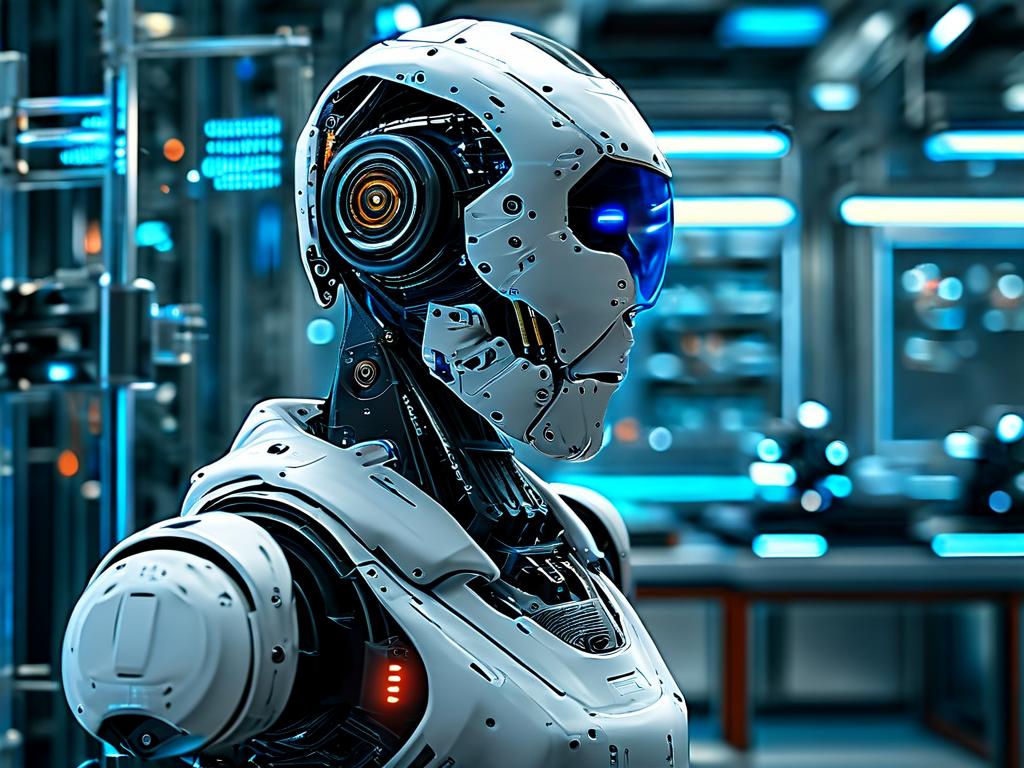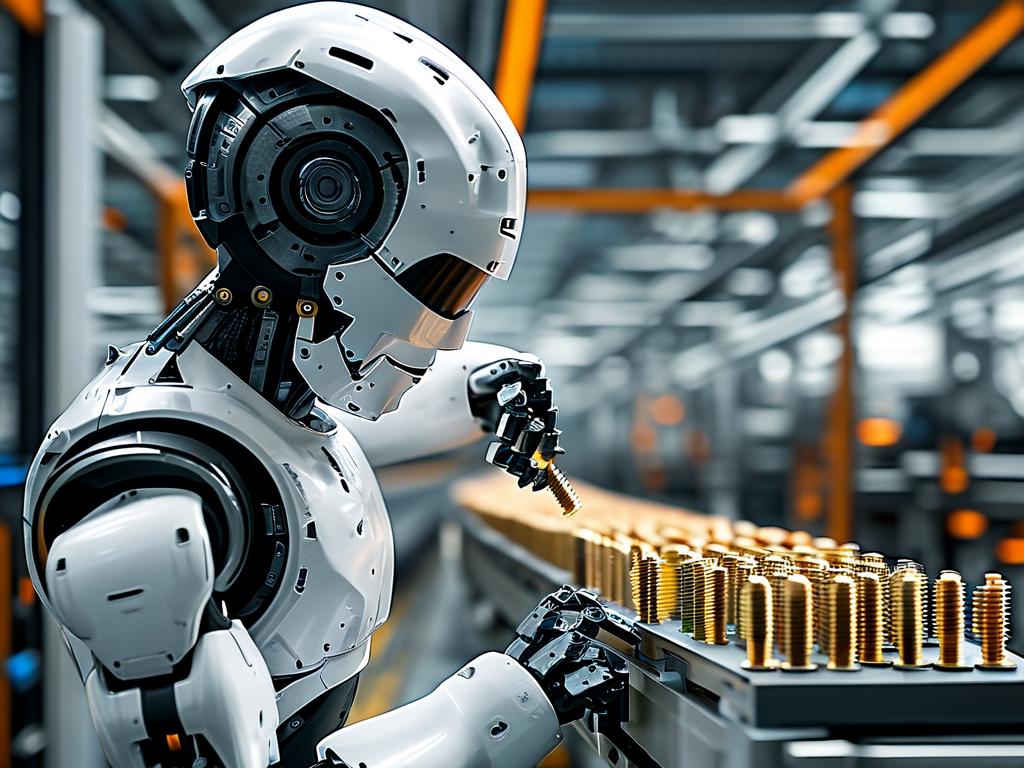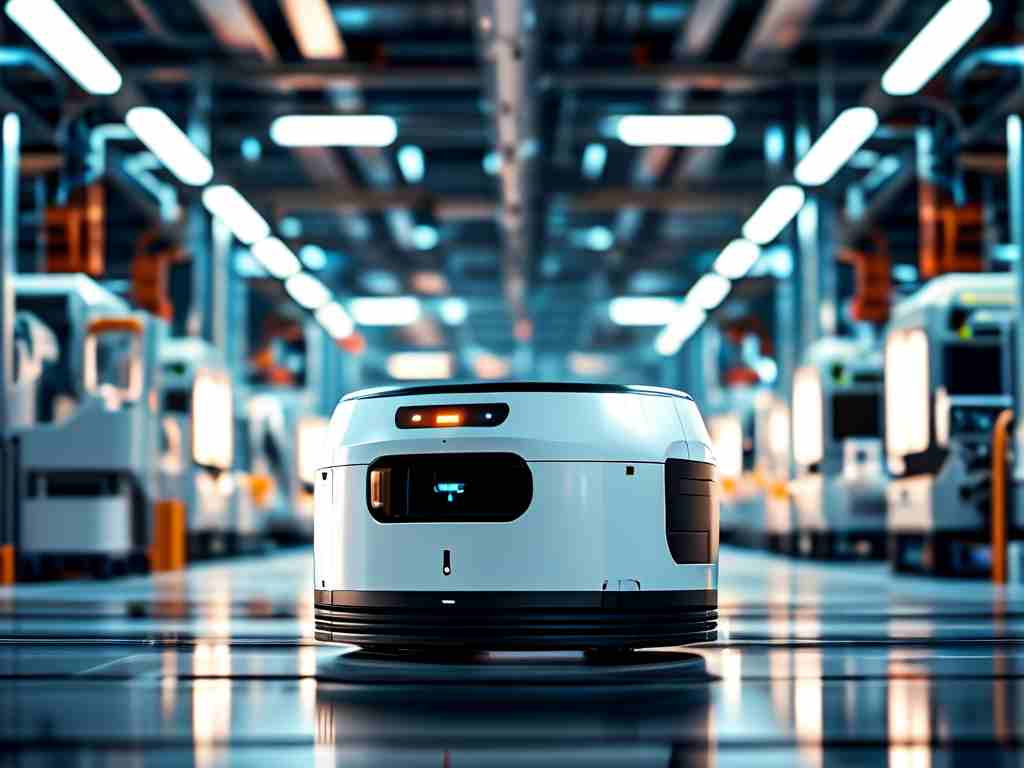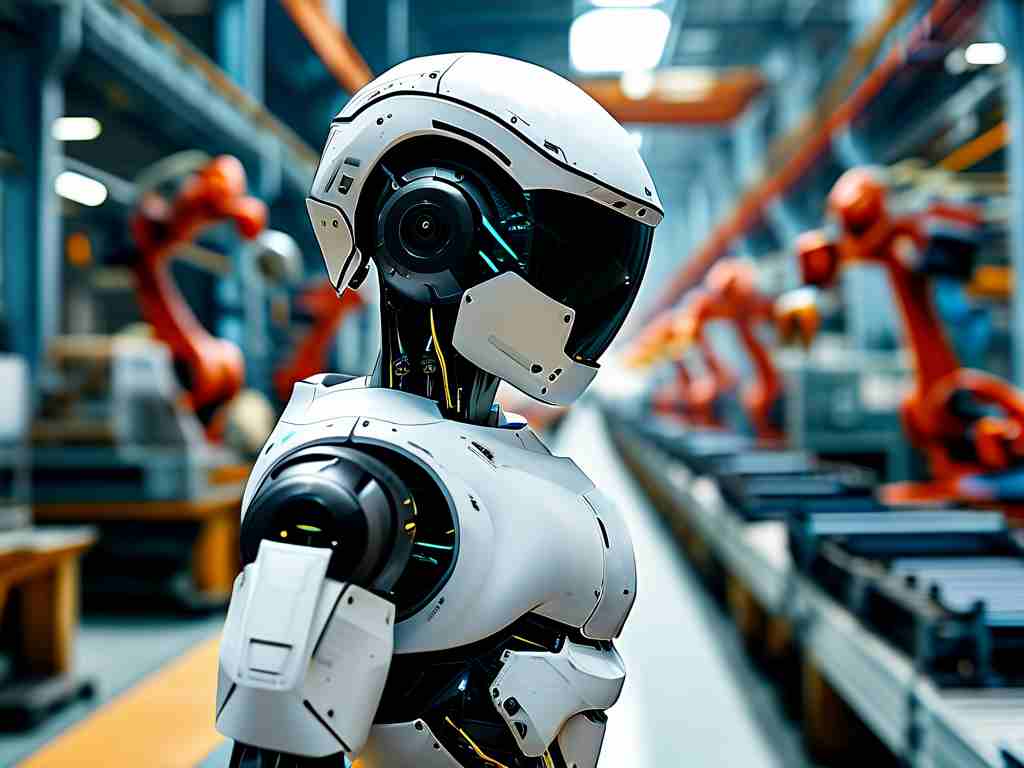The integration of intelligent robotics into airport operations has become a transformative force in global aviation. As passenger numbers surge and operational complexity grows, airports worldwide are deploying advanced robotic systems to enhance efficiency, safety, and traveler experiences. This article explores how these technologies are reshaping air travel infrastructure while addressing challenges and future possibilities.
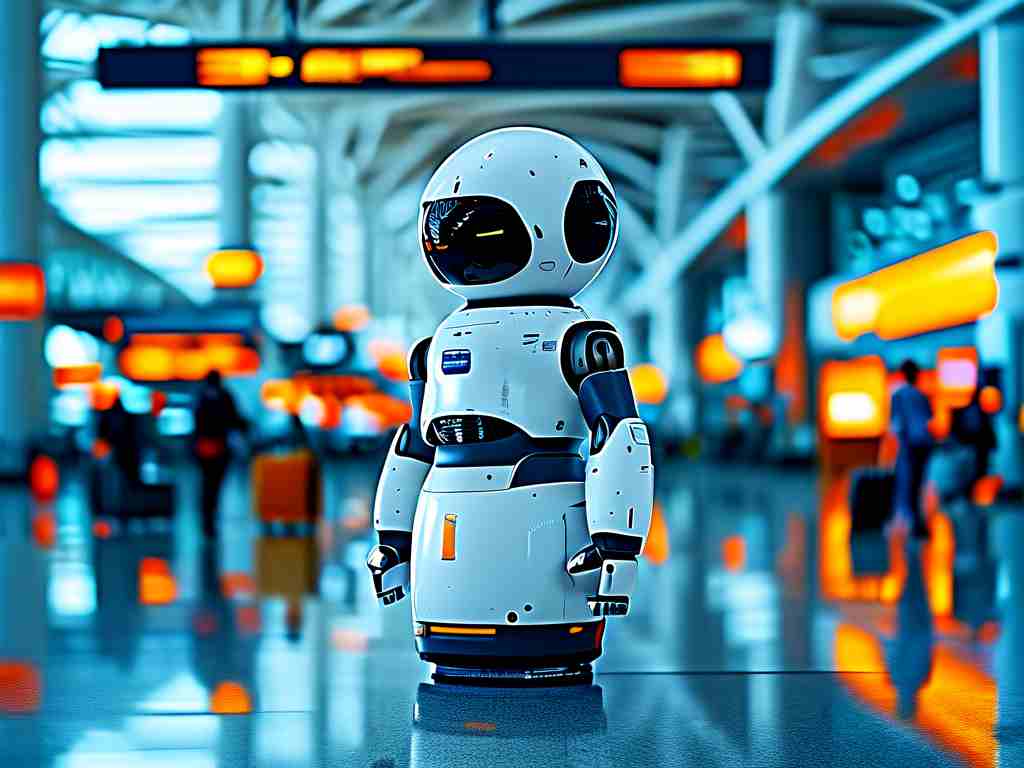
The Evolution of Airport Robotics
A decade ago, the idea of robots guiding passengers or handling luggage seemed futuristic. Today, major hubs like Singapore Changi and Dubai International have operationalized fleets of autonomous machines. These devices range from humanoid assistants providing multilingual directions to cargo-handling robots capable of transporting 500 kg loads across terminals. The shift stems from advancements in AI navigation, sensor fusion, and edge computing, enabling machines to operate safely in crowded, dynamic environments.
Key Applications Reshaping Operations
- Autonomous Navigation Systems: Laser-guided robots now map terminal layouts in real time, offering optimized pathfinding for passengers with reduced mobility. Munich Airport’s "Josie Pepper" robot, for instance, escorts travelers to gates while scanning boarding passes and estimating walk times.
- Baggage Handling Revolution: Automated robotic arms at Incheon International Airport sort over 3,000 bags hourly with 99.98% accuracy, minimizing lost luggage incidents. Delta Air Lines recently tested self-driving baggage carts that follow digital waypoints, cutting tarmac transfer times by 40%.
- Sanitization and Maintenance: UV-disinfection robots like "Xenex Germ-Zapping Robots" deploy overnight at San Francisco International, eliminating pathogens in high-touch areas. Simultaneously, window-cleaning drones inspect and maintain glass facades at heights exceeding 30 meters.
Operational and Economic Impacts
Adopting robotic solutions has yielded measurable benefits. Helsinki Airport reported a 22% reduction in passenger processing times after deploying check-in robots, while Seoul’s Incheon achieved 15% lower energy costs through AI-driven climate control bots. Crucially, these systems alleviate staff shortages—a 2023 IATA survey revealed 63% of airports now use robots to supplement human teams during peak hours.
Challenges in Implementation
Despite progress, technical and regulatory hurdles persist. Sensor limitations occasionally cause navigation errors in low-light conditions, as observed during trials at London Heathrow. Data privacy concerns also arise, particularly with facial-recognition-enabled robots storing passenger biometrics. Additionally, the average $200,000 per-unit cost remains prohibitive for smaller regional airports, though modular leasing models are emerging as a viable alternative.
Future Trajectories
Next-generation prototypes hint at expanded capabilities. Researchers at MIT are testing swarm robotics for collaborative baggage loading, while Airbus’s Project Connect explores AI robots that repair aircraft exteriors mid-turnaround. The advent of 5G connectivity promises to enhance real-time coordination between robots, IoT devices, and central control systems. Industry analysts predict that by 2030, over 75% of Tier-1 airports will employ integrated robotic ecosystems covering 80% of ground operations.
Balancing Technology and Human Touch
Critics argue that excessive automation could depersonalize travel. However, airports like Tokyo Haneda have struck a balance—their robot staff wear customizable “personality modules” that display emojis and cultural greetings. As neural networks improve emotional recognition capabilities, future iterations may offer more nuanced interactions, blending operational efficiency with hospitality fundamentals.
In , smart robotics represents more than a technological upgrade—it’s redefining airport ecosystems. While challenges around scalability and human-machine synergy persist, the sector’s trajectory points toward increasingly sophisticated, collaborative systems that elevate both operational performance and passenger satisfaction. As these technologies mature, they will likely become as ubiquitous as x-ray scanners or boarding gates, cementing their role as pillars of modern aviation infrastructure.


